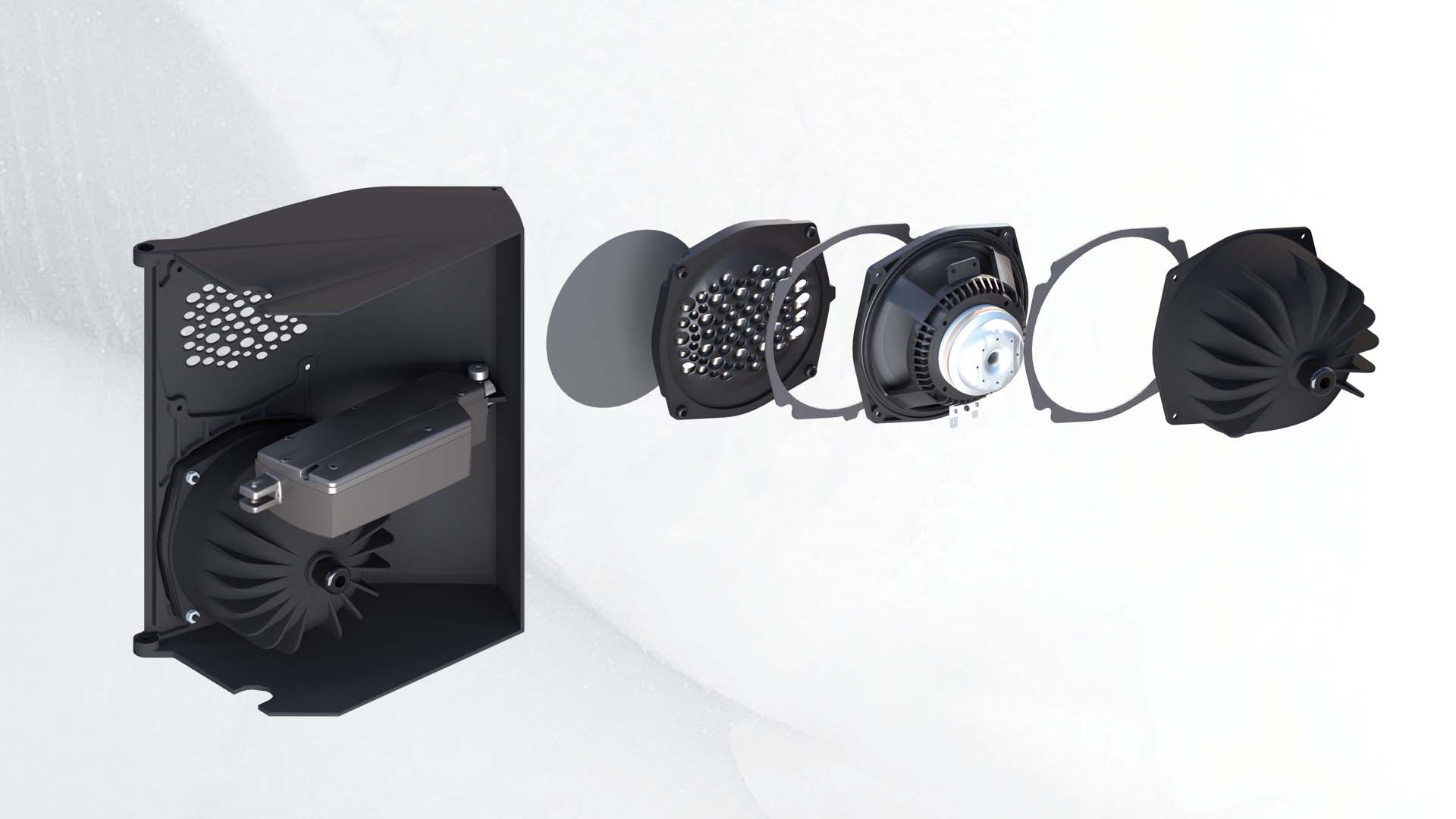The problem is that the drivers have overlap. Even if you could make a material that would be opaque at some frequencies, you'll still need to deal with that area. If you had a material that behaves differently depending on the front or backside, you could do some really cool stuff though.I have had this question bugging me for a while…what if you created a smooth waveguide using material that was semi-acoustically transparent. Screen material can be purchased with varying % opaqueness as one example.
Could midranges drive through such a screen, while the screen still maintains enough directivity control for the tweeter? A kind of co-entrant horn?
Last edited:

